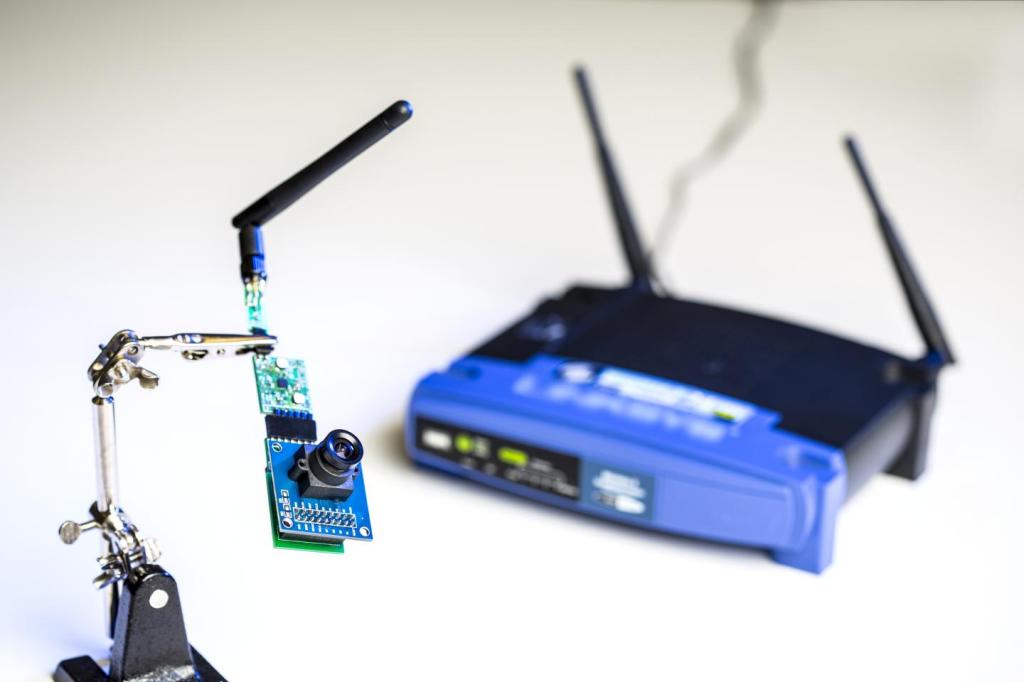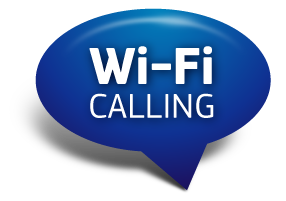PoWiFi
Connecting the Internet of Things
Never a dull moment. Technology never stops evolving, thanks to dedicated innovators from all over the world. Now, here’s something that could make Nikola Tesla’s dream a reality: Wi-Fi powered electronics. In this era, we’re surrounded by Wi-Fi almost everywhere we go – local area networking technology allows electronic devices to connect to the network. […]



